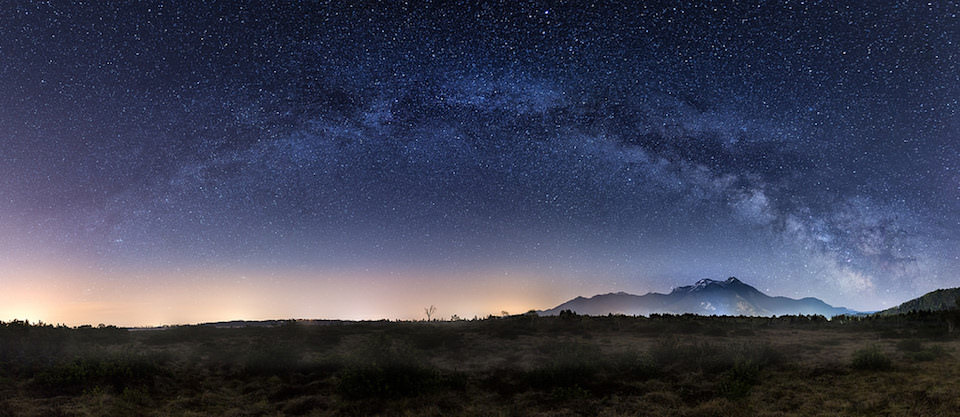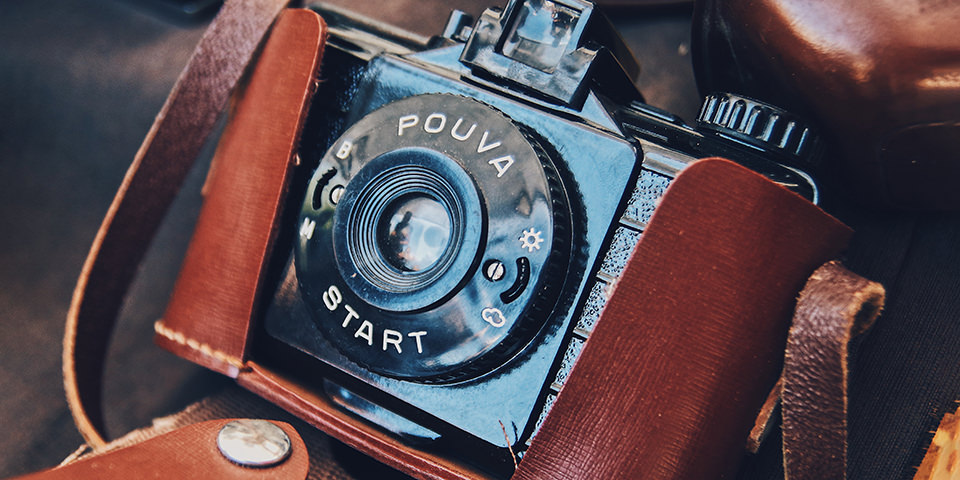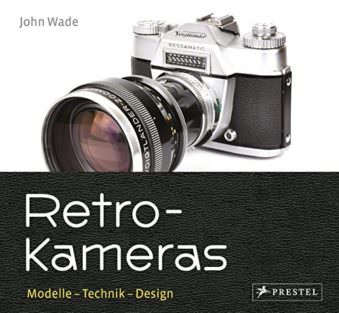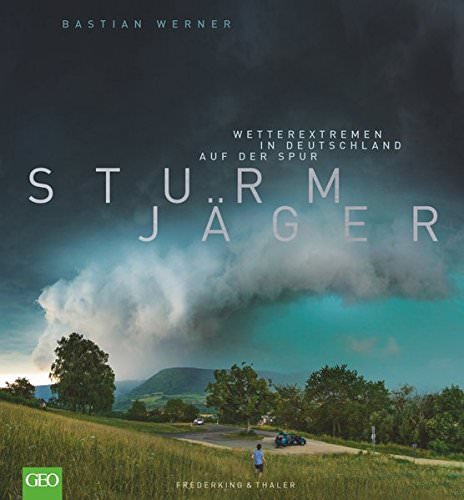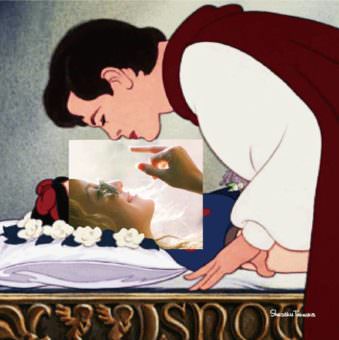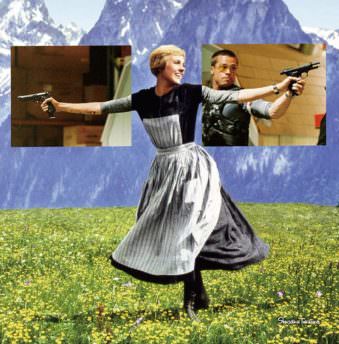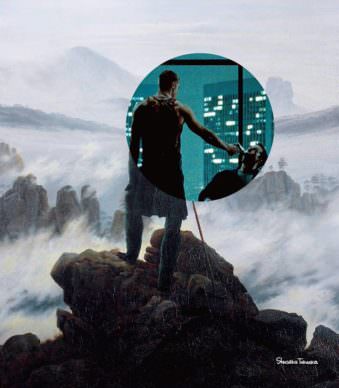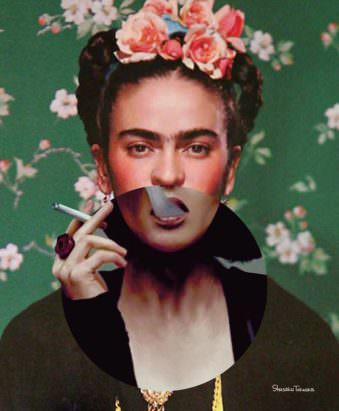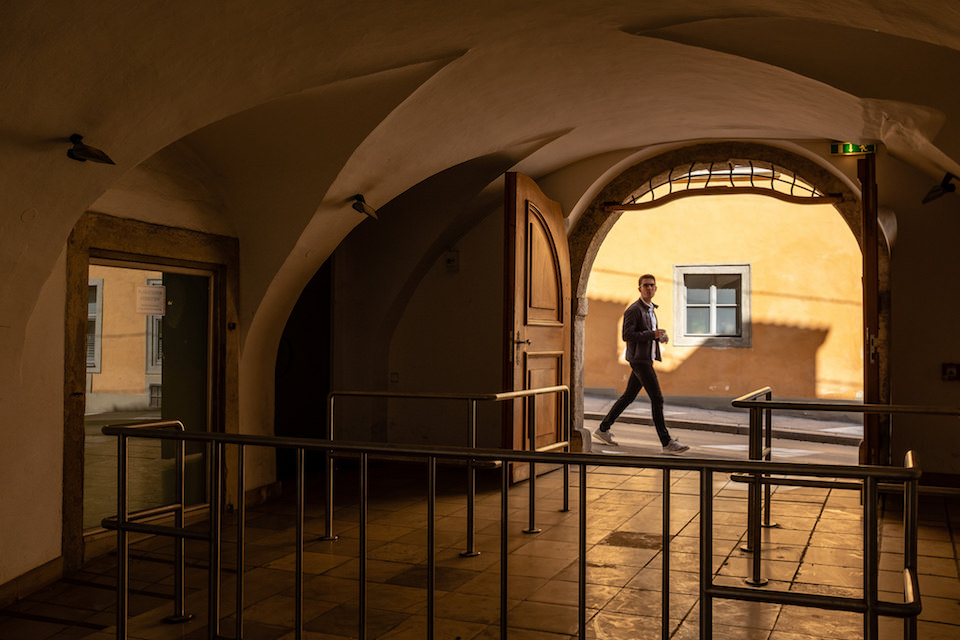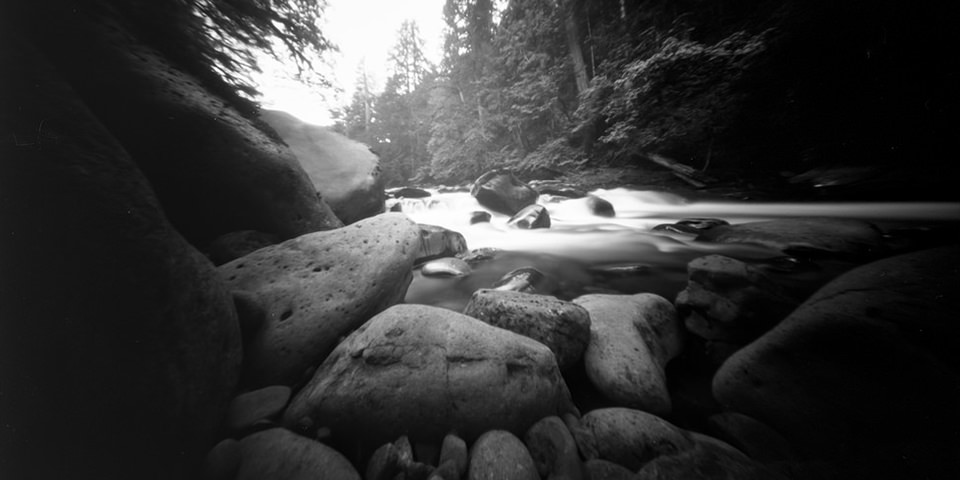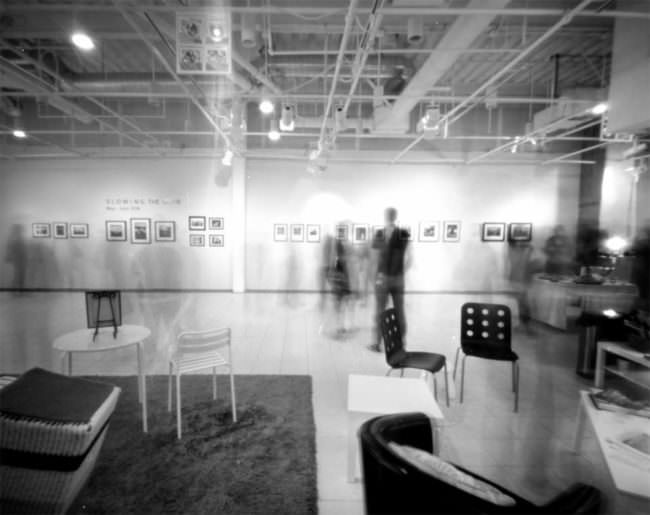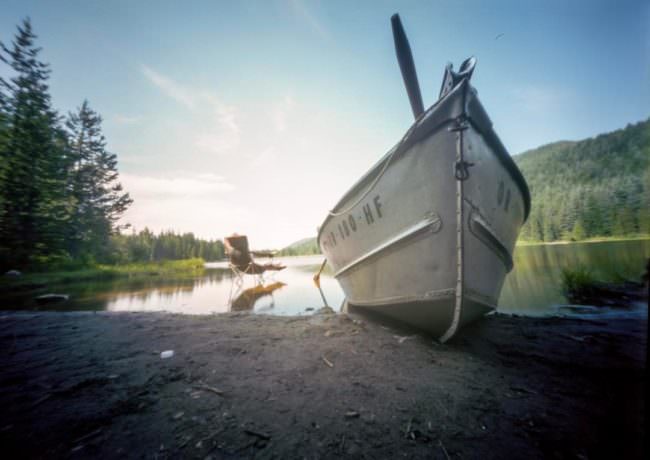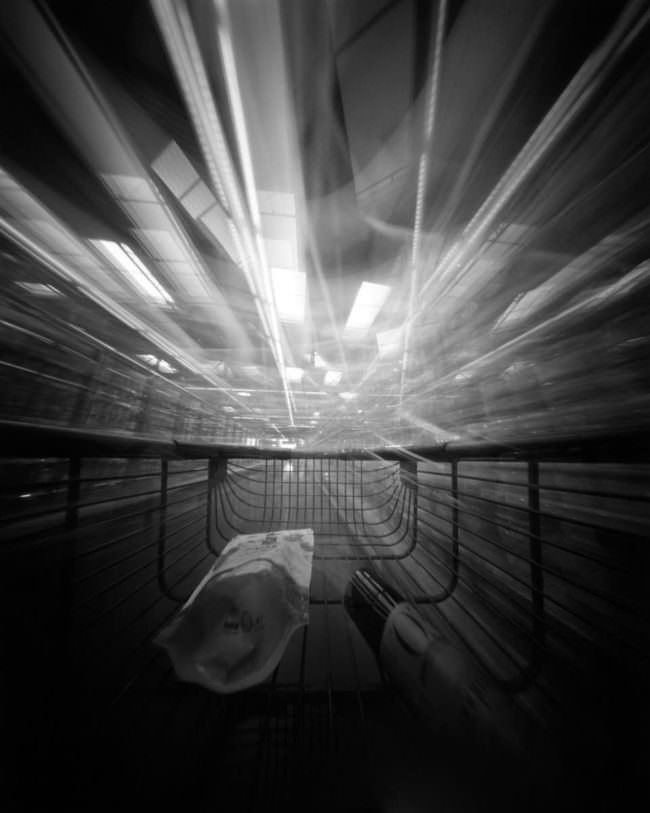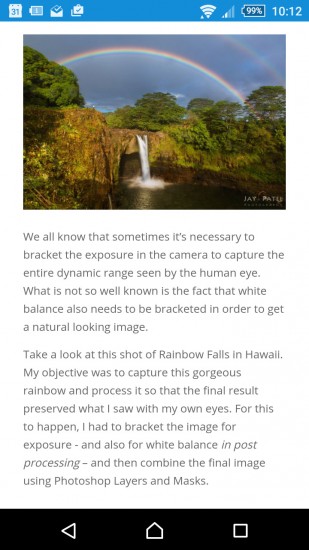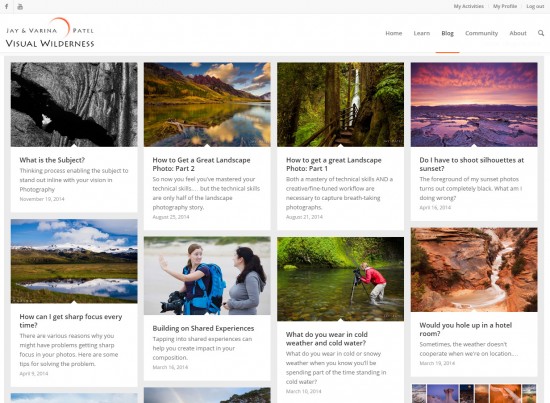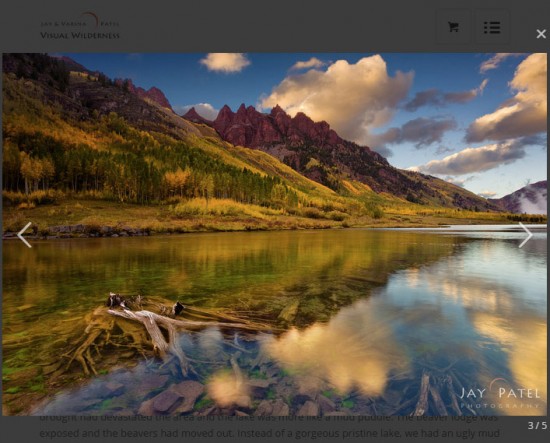5 Ideas for a Better Mobile Photography Website
In the last article we explored how to make your photography website mobile-friendly. However, it is important to realize that the customer experience on your website goes beyond look and feel. This is specially true if you are doing business or selling products on your site.
Here are a few things we have done to improve customer experience on Visual Wilderness.
Improved Navigation Experience
Traditional websites rely on the menus for navigation. For mobile websites, these menus collapse into a single button. This means that users must click multiple buttons to navigate to a particular page or topic. Visual Wilderness provides a quick single-click navigation menu on the most popular pages making the navigation to our website incredibly easy.
Mobile Friendly Product Offerings
As the trend towards mobile devices continues to grow, we are getting more requests from our customers to consume our educational content on their mobile devices. To make our products mobile-friendly, we offer both download and streaming options for all of our video courses. This streaming option provides access to ALL video courses on Visual Wilderness on any device (smart phones, tablets, laptops, and desktops) without having to download several gigabytes of files.
Full HTTPS Photography Website
HTTPS is the secure version of HTTP protocol. The S at the end of HTTPS stands for Secure which means that communications between your browser and the website are encrypted. Google gives priority to the secure website over non-secure websites in search rankings. HTTPS sites are also used for credit card payments which makes it dramatically easier for mobile users to purchase products from our website.
Send Out Web Push Notifications
Web push notifications are emerging technology that allows website like Visual Wilderness to send out push notifications to subscribers using web browsers.
This technology prompts users to subscribe to notifications automatically when they visit the website. These notifications go directly to users mobile and desktop devices. Using this technology, we are able to send notifications for new blog posts as well as for any promotion we are running. One major advantage of this technology is that we can reach mobile users directly without having to open an email client or being hindered by algorithm changes on social media.
Accept Payments via Apple Pay and Google Pay
It is hard to fill out all the checkout fields to complete an order on your mobile phone… and even on your tablet. By accepting Apple and Google Pay, our customers are able to complete the purchase with a single click. This is an emerging technology which does not support all configurations. But it is a technology that is likely to accelerate our mobile orders.
Have you implemented any of these or other technologies on our websites to improve the customer experience? Feel free to share you ideas in the comments below.
Visual Wilderness https://ift.tt/2JFDBTI
Sourced by Time Trap Photography sharing the best photography tips, news and tricks throughout the industry. Time Trap Photography is dedicated to freezing those special moments in life that can be revisited and admired for generations to come. - Shannon Bourque
Please visit our main site for booking availability and rates.

Receive valuable industry knowledge delivered free to your email each day.











